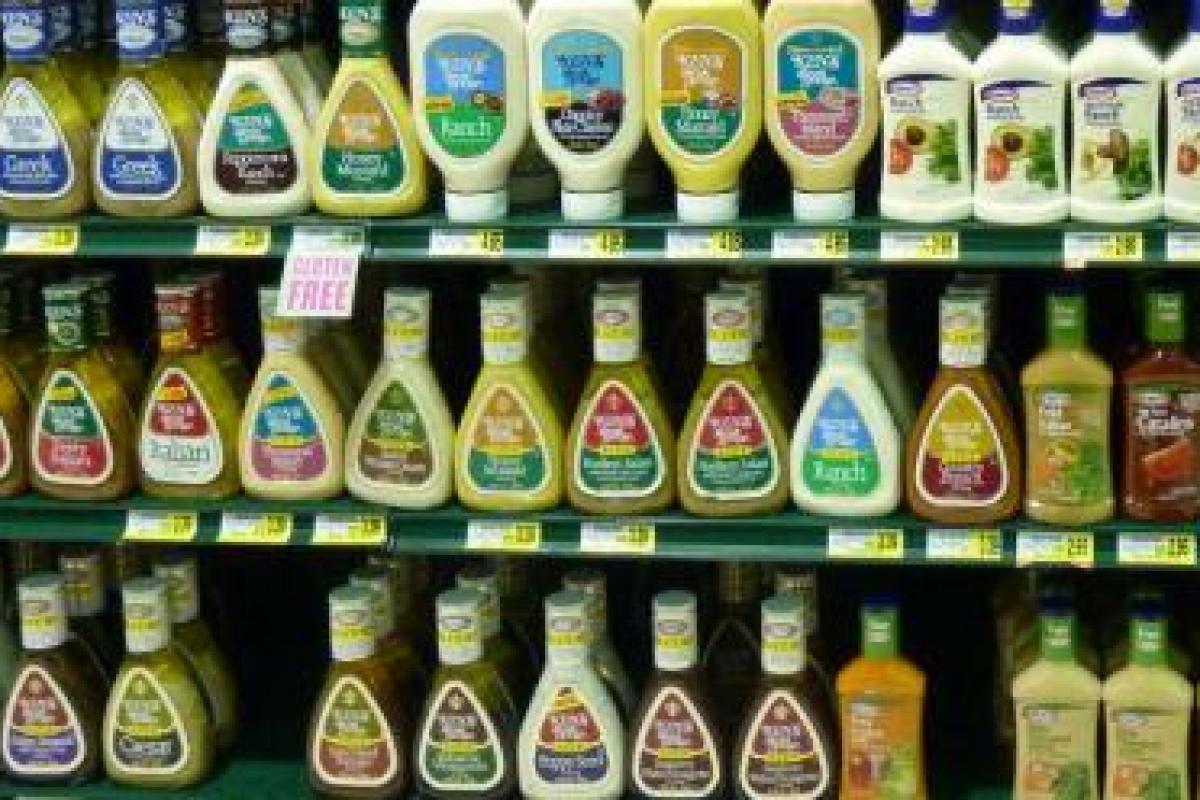DEFINITION: The paradox of choice is that while we think more choice would make us happy, the reality is that it often doesn’t. Despite the increase in freedom and autonomy that comes with more choice, there are also two negative effects of having too much choice:
Walk into your local supermarket and you are sure to find vast quantities of choice. Psychologist Barry Schwartz, author of 'The Paradox of Choice', once counted the number of salad dressings on offer in his local store. There were 175 - and didn’t include the 10 different types of olive oil and 12 different sorts of balsamic vinegar you could use to make your own dressings.
And what about the prolific choice of drugs for a simple headache? The infographic below illustrates the strain we might feel making that decision – and that’s on top of the painful throbbing in our head.

This often overwhelming proliferation of choice in our daily lives has prompted many researchers to challenge the conventional view that more choice always makes us happier and increases our welfare. Actually, in many cases it appears to do the opposite, creating:
1) Decision fatigue where we grow tired of choosing and deciding and perhaps stick with the status quo: "Errr....I'll just pick the one I usually buy" or delay our decision: "I'll choose tomorrow...". For example, one of the best known studies on the paradox of choice, conducted by Sheena Iyengar and Mark Lepper, found that the more choice there is, the less people buy. They analysed choices made by shoppers at Draeger’s, a speciality grocers in Menlo Park, California and found that when faced with a greater choice of jam, shoppers actually purchased less.
2) Post-purchase 'angst' where we are less happy having made a decision in a context with choice overload, worrying whether we have made the right choice - "...Maybe I should have bought the other model?!".
To some extent, facing choice paralysis for consumer products like salad dressings and jam has no long term detrimental effect on our lives. But for more important decisions such as retirement savings investments or healthcare decisions when treating a severe illness or disease it can matter much more.
Sheena Iyengar, Professor of Business at Columbia Business School draws attention to four effective strategies to reduce choice paralysis and promote optimal decision-making:
- Reducing the amount of choice;
- Making clear the consequences of each choice, ideally in a vivid way;
- Structuring and categorising choice effectively;
- Starting with easy choices before moving to more complex choices
Each of these four strategies enables cognitive strain to be reduced, making it more likely we will pick something and feel happy about our choice. Remembering that less can often be more and that we need to think hard about exactly how we present several choices can reap positive outcomes and make for happier consumers.
Every two weeks The Behavioural Architects will put another BE concept under the spotlight. www.thebearchitects.com
